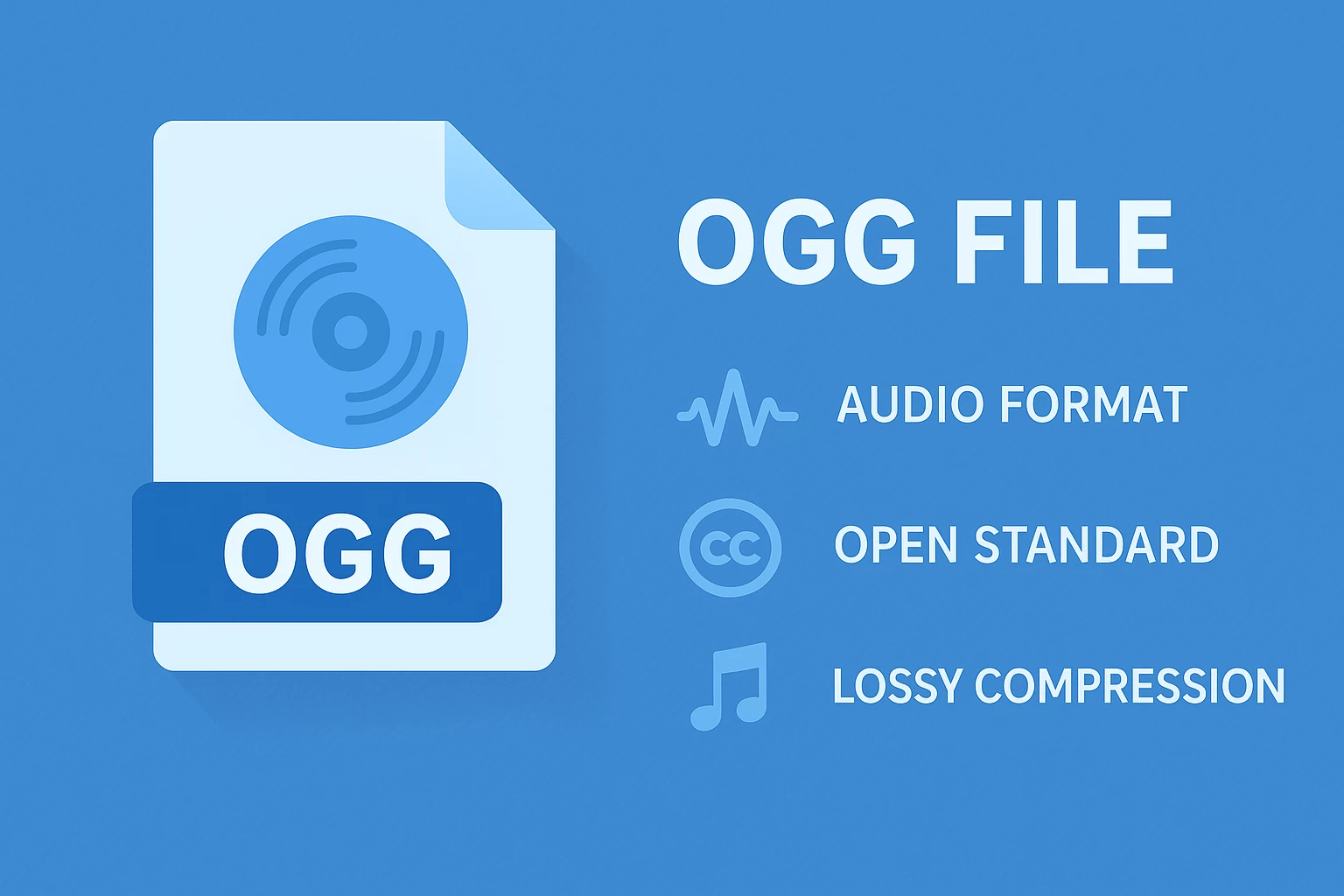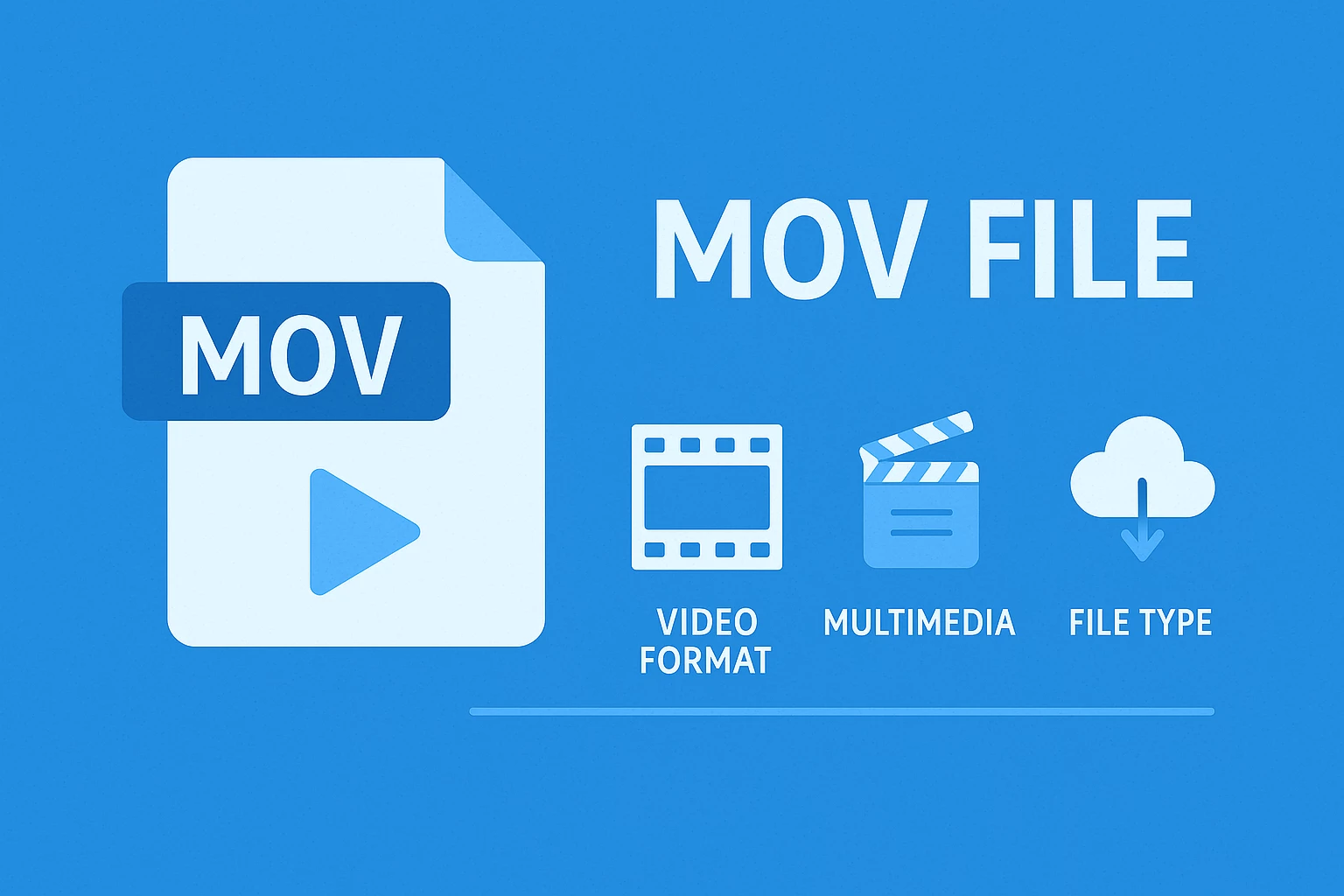
What Is a Mov File? Pros, Cons, and How to Use It
MOV has been around for decades and remains one of the most respected video formats in professional production. I’ve used it many times, especially when quality takes priority over file size. It’s become a standard choice for filmmakers, editors, and anyone who values precise, high-quality footage.
MOV is more than a simple video file. It acts as a container that holds video, audio, subtitles, and effects in one structure. This flexibility makes it ideal for editing and post-production, where keeping every frame and sound layer intact is essential.
Even with newer formats like MP4 gaining popularity, MOV continues to hold its place. It may not always be the most lightweight format, but it remains reliable and consistent in professional work.
In my guide, I’ll explain how MOV works, where it performs best, and how to use it effectively across different devices and workflows.
The Origin and Purpose of MOV Files#
MOV has been part of my workflow for years, especially when working with professional video projects. It was created by Apple in the early 1990s as part of the QuickTime framework and quickly became a standard in video production. The idea was simple: to give creators a flexible way to store video, audio, and subtitles in one file without losing quality or synchronization.

What made MOV stand out from the beginning was its focus on editing. Instead of flattening everything into one track, it keeps video, sound, and effects separate. It’s perfect to fine-tune timing, mix audio, or add layers of motion and color correction without damaging the original footage.
Even though it started on macOS, I’ve used MOV on Windows and other systems without issues. Its performance and quality have made it a reliable format for exporting polished, professional videos.
At its core, MOV was built to help creators work with precision and keep their media organized without compromising visual clarity.
MOV vs MP4: What’s the Difference?#
Before comparing MOV and MP4, I always remind myself that both are excellent formats, just built for different purposes. Over time, I’ve learned to choose one or the other depending on the project. The right format can make editing smoother, speed up delivery, and help videos look their best on every platform.

I use MOV and MP4 regularly, but in different situations. They both come from the same MPEG-4 standard, yet they behave differently. MOV is my go-to for editing and high-quality exports, while MP4 is the practical choice when I need to share or upload videos quickly.
Convert MOV to Other Formats with MConverter
Compression and Quality#
MOV keeps more details because it uses lighter compression. Colors look richer, motion feels smoother, and there’s more room for adjustments in post-production. When I color grade or fine-tune shadows and highlights, I prefer working in MOV because it preserves every layer of data.
MP4, in contrast, uses stronger compression, which makes files smaller and easier to store or send. For web content or social media uploads, MP4 delivers a perfect balance between size and clarity.
Editing and Post-Production#
Editing with MOV feels cleaner. It keeps video, audio, and effects on separate tracks, making fine adjustments easy without damaging the original footage. I usually start editing in MOV, then export the final result as MP4 for faster sharing.
Additionally, MP4 works well for simple edits or shorter videos, but it’s less flexible in post-production since it doesn’t store as much editing information.
Also read: What Is an MP4: Everything You Need to Know
Playback and Compatibility#
MP4 wins when it comes to playback and accessibility. It runs smoothly on nearly every platform, device, and browser without any setup. MOV still performs best on macOS and within Apple’s ecosystem, though it also works well on Windows with compatible players.
Furthermore, if I need a file that plays anywhere, on a phone, tablet, or desktop, I pick MP4. But for in-studio projects or professional editing, I stay with MOV for the extra precision.
Anyhow, both formats have earned a place in my workflow. MOV gives me creative control and high-end quality, while MP4 keeps my work practical and ready to share. I see them not as competitors, but as two essential tools for different stages of video creation.
Pros of MOV Files#
MOV has been a core part of my video work for years, and I still rely on it when quality matters most. Its biggest strength is how well it preserves fine detail.
Colors stay rich, motion looks smooth, and the footage remains sharp even after several rounds of editing. For professional projects or final exports, that level of clarity makes a noticeable difference.

Another major advantage is flexibility. MOV can store multiple video, audio, and subtitle tracks in one file, which keeps editing organized and efficient. I can adjust sound, add effects, or refine color on individual layers without affecting the rest of the footage. Such a structure makes MOV a favorite among editors during post-production.
I also value how stable MOV remains during playback and rendering. Even with large, high-resolution files, it performs consistently and stays perfectly in sync. On top of that, it integrates seamlessly with Apple’s ecosystem, making it easy to use in software such as Final Cut Pro and QuickTime.
In short, MOV delivers professional-grade quality, strong editing performance, and excellent stability. It may not create the smallest files, but for production work, it’s a format I can rely on without hesitation.
Related article: What Is a Zip File? Everything You Must Know
Cons of MOV Files#
While MOV delivers exceptional quality, it does come with a few drawbacks. The most noticeable one is file size. MOV files are often significantly larger than other formats because they use lighter compression. High-quality video is great for editing, but large files can slow down transfers, fill up storage quickly, and make uploading more time-consuming.
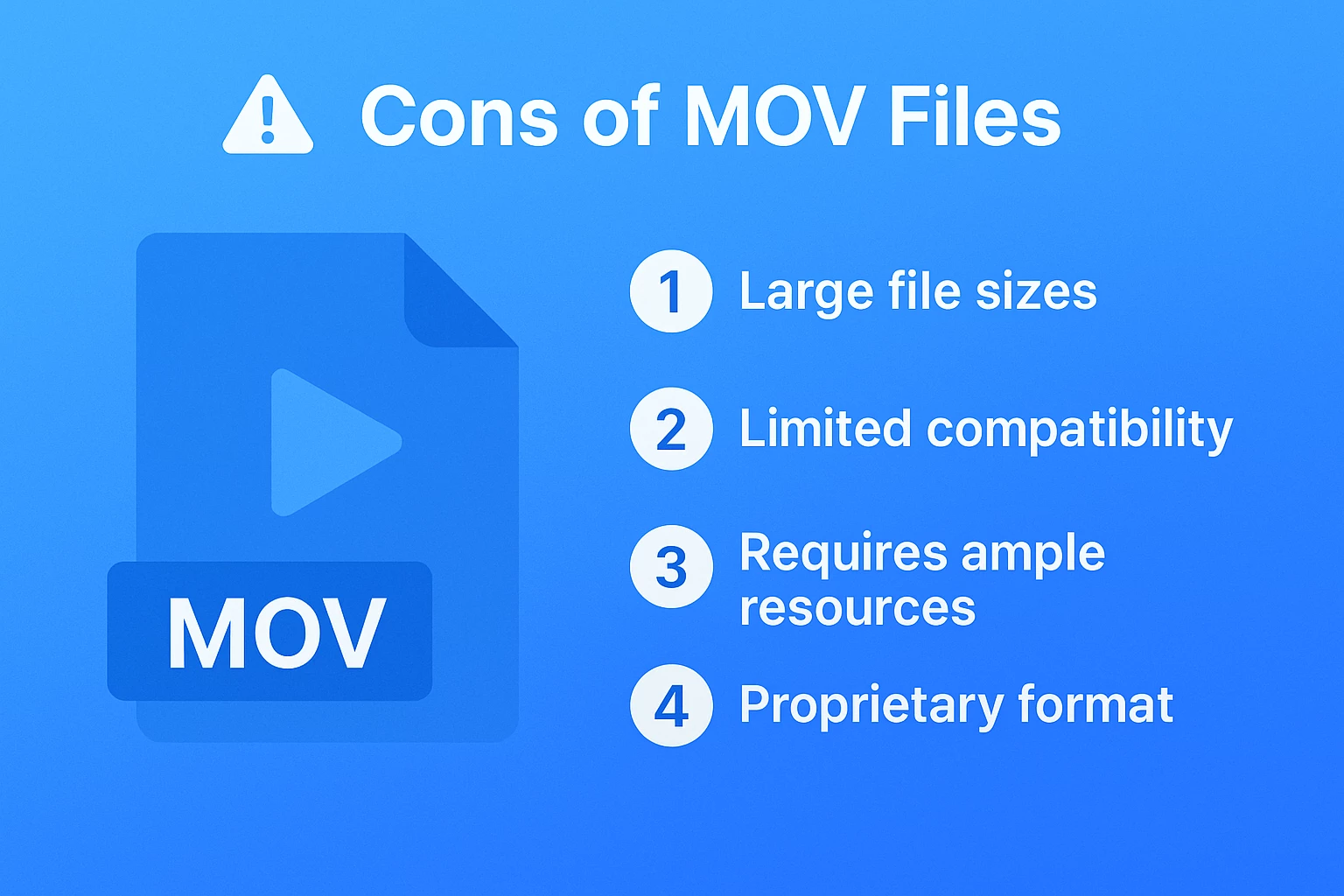
Another limitation is compatibility. MOV works best on Apple devices and software, but playback can sometimes be inconsistent on Windows or Android systems without additional codecs. I’ve had situations where collaborators struggled to open MOV files smoothly, which added extra steps to the workflow.
Editing flexibility can also mean slower performance on less powerful computers. Handling multiple video and audio tracks at once takes more processing power, which can cause lag during playback or rendering.
Finally, MOV is not always ideal for online distribution. Streaming platforms and social media sites tend to prefer smaller formats like MP4 for faster delivery.
Overall, MOV demands more space, stronger hardware, and specific playback tools. It shines in production environments but can feel heavy and less convenient for quick sharing or everyday use.
Convert MOV to MP4 with MConverter
How to Open and Play MOV Files#
If you’re unsure how to open a MOV file or which player works best for your setup, don’t worry. I’ve tested plenty of options across systems, and the process is simple once you know the right tools. A few quick adjustments can make playback smoother and more consistent across devices.
MOV files are easy to work with once the proper players are installed. I use them on different platforms regularly, and while performance can vary, smooth playback is easy to achieve with the right setup. Each system handles MOV differently, but getting started only takes a few minutes.
On Windows#
Windows supports MOV files, but sometimes additional codecs or media players are needed. I usually rely on VLC Media Player or KMPlayer, both of which handle MOV perfectly without extra setup.
Plus, the built-in Movies & TV app can open MOV too, though I prefer third-party players for better color accuracy and playback control.
On macOS#
MOV performs best on macOS since it was created for Apple’s ecosystem. I mostly use QuickTime Player, which runs MOV flawlessly and supports multiple audio tracks, subtitles, and smooth playback at high resolutions.
For editing, Final Cut Pro and iMovie open MOV directly, which keeps the workflow simple and efficient.
On Mobile Devices#
MOV plays natively on iPhones and iPads, opening easily in the Photos or Files app. On Android, it might need additional support, so I use VLC for Android or MX Player for reliable playback.
If I plan to view or share across several devices, I sometimes convert the file to MP4 for easier access.
On Browsers and Cloud Platforms#
Most modern browsers can play MOV files, but the experience depends on the file’s codec and the system. Safari handles MOV smoothly, while Chrome and Edge work best with files exported using compatible codecs.
Concerning cloud storage, I often use Google Drive, Dropbox, or OneDrive, which let me preview MOV videos directly in the browser without downloading.
How to Create or Export a MOV File#
Creating a MOV file is simple once you understand how your editing or recording software handles video exports. I often create MOV files when working on projects that need high-quality results or when I plan to continue editing later.
Ultimately, the format keeps every detail sharp and all media layers intact, which makes it ideal for production work.
When I’m editing in Final Cut Pro, Adobe Premiere Pro, or DaVinci Resolve, I choose MOV as the export format from the settings menu. Then I select the codec, usually Apple ProRes or H.264, depending on whether I need lossless quality or a lighter file for delivery.
If I’m recording on a camera or mobile device, many already save directly as MOV, especially on Apple hardware. I usually double-check the video settings to confirm the format before starting a shoot.
The key to exporting a strong MOV file is balancing quality, file size, and codec selection. Once the file is rendered, I always test playback to make sure the colors, sound, and frame rate look right across devices.
MOV may take up more space than other formats, but the control it gives during export and editing makes it well worth the extra storage.
Related article: What Is an ISO File? The Ultimate Guide for 2025
How to Convert MOV Files#
More often, there may be a need to convert MOV files when sending projects to clients or preparing videos for platforms that prefer other formats. Instead of going through complicated software settings, you can use MConverter because it’ll keep the process a lot quicker and cleaner.
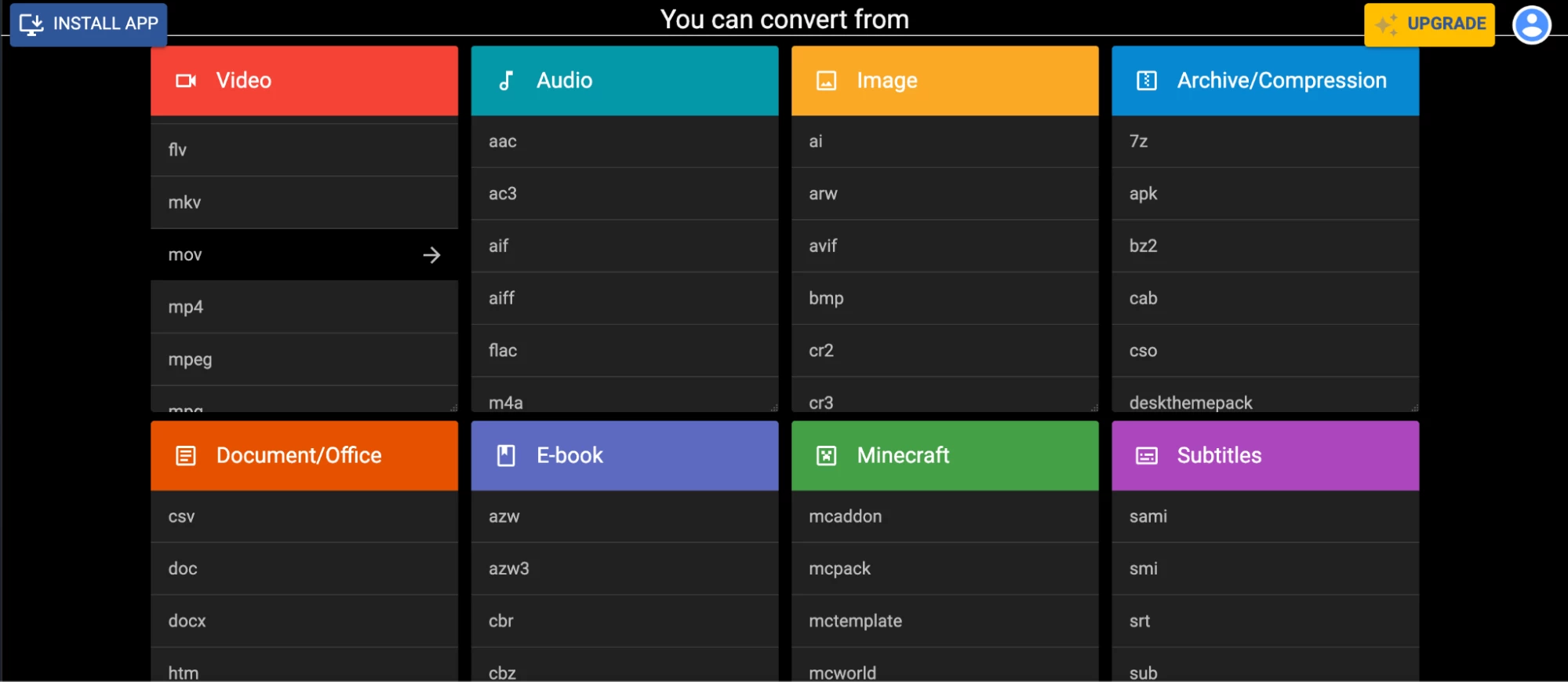
With our software, I just upload the MOV file, pick the format I want, usually MP4 or MKV, and download the converted version a few seconds later.
Everything happens in the browser, and the video quality stays consistent. The tool also removes files automatically after processing, which keeps things private.

In case of projects that require more control over bitrate or resolution, I sometimes use desktop tools such as Adobe Media Encoder or VLC. Those give me more options, but for quick everyday conversions, MConverter is faster and just as reliable.
If you often work with video files and want a straightforward way to make them compatible across devices, try MConverter. It’s practical, secure, and saves a lot of time when moving between formats.
Related article: What Is an Ogg File? Audio Format Explained
MOV File Troubleshooting#
If your MOV files ever stop working or start showing strange playback errors, don’t panic. Most issues are easy to fix once you know where to look, and a few simple tools can bring even damaged or oversized files back to life.
MOV files are stable most of the time, but problems can still appear, especially during transfer, editing, or export. I’ve run into playback errors, damaged clips, and storage issues more than once, and most have quick fixes once the cause is clear.
Common Errors and Fixes#
One of the most common problems is a “File can’t be opened” or “Unsupported format” message. This usually happens because of missing codecs or incomplete file transfers. Installing a universal player like VLC or updating your media software often solves it.
Anyway, if a MOV file still won’t open, I re-export it from the original editing program or run it through a converter to refresh its structure.
Sometimes the video plays, but the sound is missing or the other way around. It usually means the audio and video tracks use mismatched codecs. I fix it by re-encoding both into standard formats like H.264 for video and AAC for audio.
Repairing Corrupted MOV Files#
Corruption often happens when a transfer is interrupted or when storage fails during export. When this occurs, I use repair tools such as Stellar Repair for Video or VLC’s built-in repair feature. They usually recover playable sections or rebuild the file header so the video becomes accessible again.
If the damage is minor, converting the file can help. Uploading it to a file converter and exporting it as MP4 or MOV again often refreshes the structure and removes small glitches.
Related article: What Is a HEIC File? A-to-Z Guide for Beginners
Handling Large MOV Files#
MOV files can get heavy because they use less compression. High-resolution projects often end up too large to store or send. To manage size, I split long videos into segments using an editor or compress them slightly with HandBrake.
When file size becomes a recurring issue, I adjust export settings: lowering resolution, tweaking bitrate, or using a more efficient codec. It keeps quality high while reducing the load on storage and transfer speeds.
Usually, MOV troubleshooting comes down to knowing what caused the issue and choosing the right fix. With a few reliable tools and small adjustments, every file can stay playable, clean, and ready for work again.
Where MOV Files Are Commonly Used#
I work with MOV files in almost every stage of video production. The format’s ability to maintain quality while keeping editing flexible makes it a standard choice for high-resolution projects. I use it most often when I need to keep details intact during multiple rounds of post-production.
MOV is widely used in film and television production, especially in editing environments built around Apple software. Programs like Final Cut Pro and Adobe Premiere Pro handle MOV efficiently, which is why editors rely on them for both raw footage and polished exports.
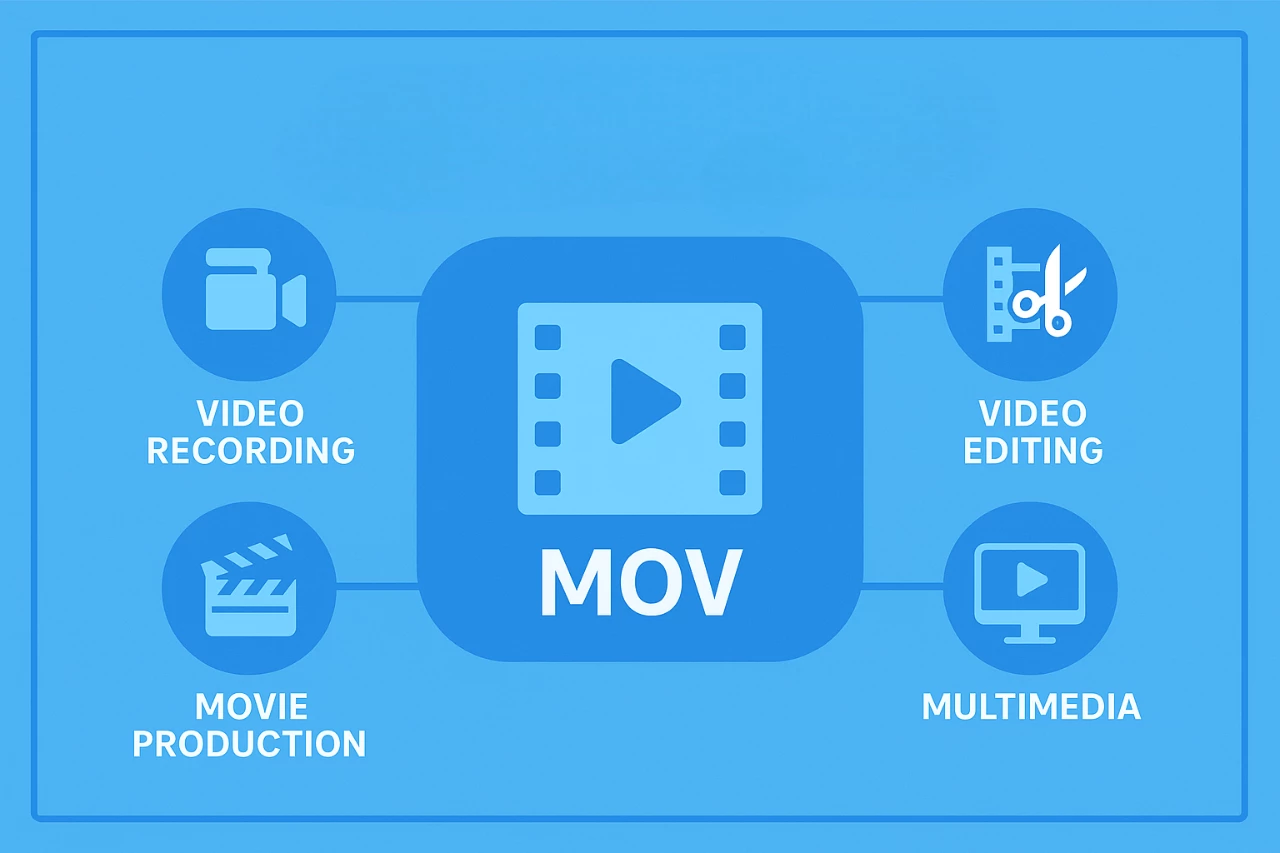
In marketing and corporate video, MOV is often the preferred format for promotional clips, interviews, and branded content that need clean visuals and accurate color. Agencies and production teams choose MOV before compressing videos for online release to preserve the original quality.
I also turn to MOV for creative and visual effects work. Its structure allows me to manage multiple tracks of video, sound, and effects without losing sync or control.
Beyond professional use, MOV appears in training videos, tutorials, and educational materials where clarity and color accuracy are essential. It may not be the lightest format, but for professional creation and editing, MOV continues to be one of the most reliable options.
Related article: What Is a PNG? Benefits, Uses, and When to Use It
MOV File Security and Data Integrity#
MOV files are generally safe to use, but like any digital format, their security depends on where they come from and how they’re handled. I’ve learned to treat video files the same way I treat any downloaded content - trust the source, scan the file, and keep software updated.
Can MOV Files Contain Malware?#
MOV files themselves don’t contain viruses in the traditional sense, but they can be altered or bundled with malicious code. The risk usually comes from unsafe downloads, fake email attachments, or suspicious sharing links.
Naturally, I always avoid downloading MOV files from unfamiliar websites or opening attachments from unknown senders. Scanning the file with antivirus software takes just a few seconds and can prevent bigger problems later.
Sometimes malware hides in the codec or player used to open a MOV file. Consequently, I stick with trusted players like VLC, QuickTime, or system-native apps that receive regular security updates.
How to Keep MOV Files Safe#
To keep MOV files secure, I focus on both prevention and maintenance. I only download from verified sources, scan files before opening, and back up important videos to encrypted storage. It also helps to keep editing and playback software updated so known vulnerabilities can’t be exploited.
When I need to share MOV files, I use reputable platforms or cloud services that encrypt uploads and downloads. For sensitive projects, I sometimes compress the file into a password-protected archive before sending it.
In the end, MOV security comes down to simple habits as using trusted tools, verifying sources, and keeping systems clean. With those in place, working with MOV files stays safe and worry-free.
Convert MOV to PNG with MConverter
The Bottom Line#
MOV remains one of the most dependable formats in professional video production. It was built for quality and precision, and it continues to deliver both. I use it whenever I need reliable playback, smooth editing, and clean exports that hold up across multiple revisions.
It may not be the lightest or most convenient format for everyday sharing, but when I care about accuracy and depth in my footage, MOV is always my choice.
In a world full of quick, compressed formats, MOV still proves that clarity and flexibility matter. If anyone is serious about editing, archiving, or delivering high-quality video, it remains a standard worth keeping in every workflow.
Is Mov Better Than MP4?#
Not necessarily. MOV offers higher quality and is better suited for professional editing, while MP4 is more efficient for sharing and playback. I use MOV when I need maximum detail during post-production, and MP4 when I want smaller files that play smoothly on any device. The better option depends on how and where the video will be used.
Can MOV files Be Played on Android?#
Yes, MOV files can be played on Android, but not all default players support them smoothly. I usually install apps like VLC or MX Player, which handle MOV without issues. Converting the file to MP4 can also help if playback feels slow or the audio doesn’t sync properly.
Why Can’t I Open a MOV file on Windows?#
If a MOV file doesn’t open on Windows, it’s usually because the system lacks the right codecs. The built-in Movies & TV app supports some MOV files, but not all. I recommend installing VLC Media Player or QuickTime for Windows, as they include the necessary codecs and handle MOV playback without setup issues.
How Do I Compress a MOV File Without Losing Quality?#
I use MConverter when I need to reduce a MOV file’s size without making it look worse. It keeps the process simple: I upload the video, choose the compression level, and download a smaller version that still looks clear. The quality stays consistent, and it saves time compared to editing software.
Which Is the Best Converter for MOV to MP4?#
I prefer using MConverter because it handles MOV to MP4 conversion quickly and keeps the video clear. It runs directly in the browser, so there’s no need to install anything or change complicated settings. The process is simple: as I upload the MOV file, I choose MP4 as the output, and download the converted version a few seconds later.
Are MOV Files Safe to Download?#
Yes, MOV files are safe to download as long as they come from trusted sources. The format itself doesn’t contain harmful code, but a file can be modified or bundled with malware if it’s shared from an unsafe website or email attachment. I always download MOV files from verified platforms and run a quick antivirus scan before opening them to stay on the safe side.
Can MOV Files Be Uploaded to YouTube or TikTok?#
Yes, both YouTube and TikTok accept MOV files. I upload in MOV format when I want to keep maximum quality before compression. YouTube automatically converts the video during processing, while TikTok may take longer with larger MOV files. If I need faster uploads, I convert MOV to MP4 first since it’s lighter and easier for most platforms to handle.
About the author
Mihael joined MConverter as a co-founder in 2023, bringing a vision to transform a tech tool into a product company built around meaningful user experience. With roots in B2B sales, product development, and marketing, he thrives on connecting the dots between business strategy and customer needs. At MConverter, he shapes the bigger picture - building the brand, inspiring teams, and pushing innovation forward with a can-do mindset. For Mihael, it’s not just about file conversions, but about creating experiences that deliver real impact.
Check out more articles
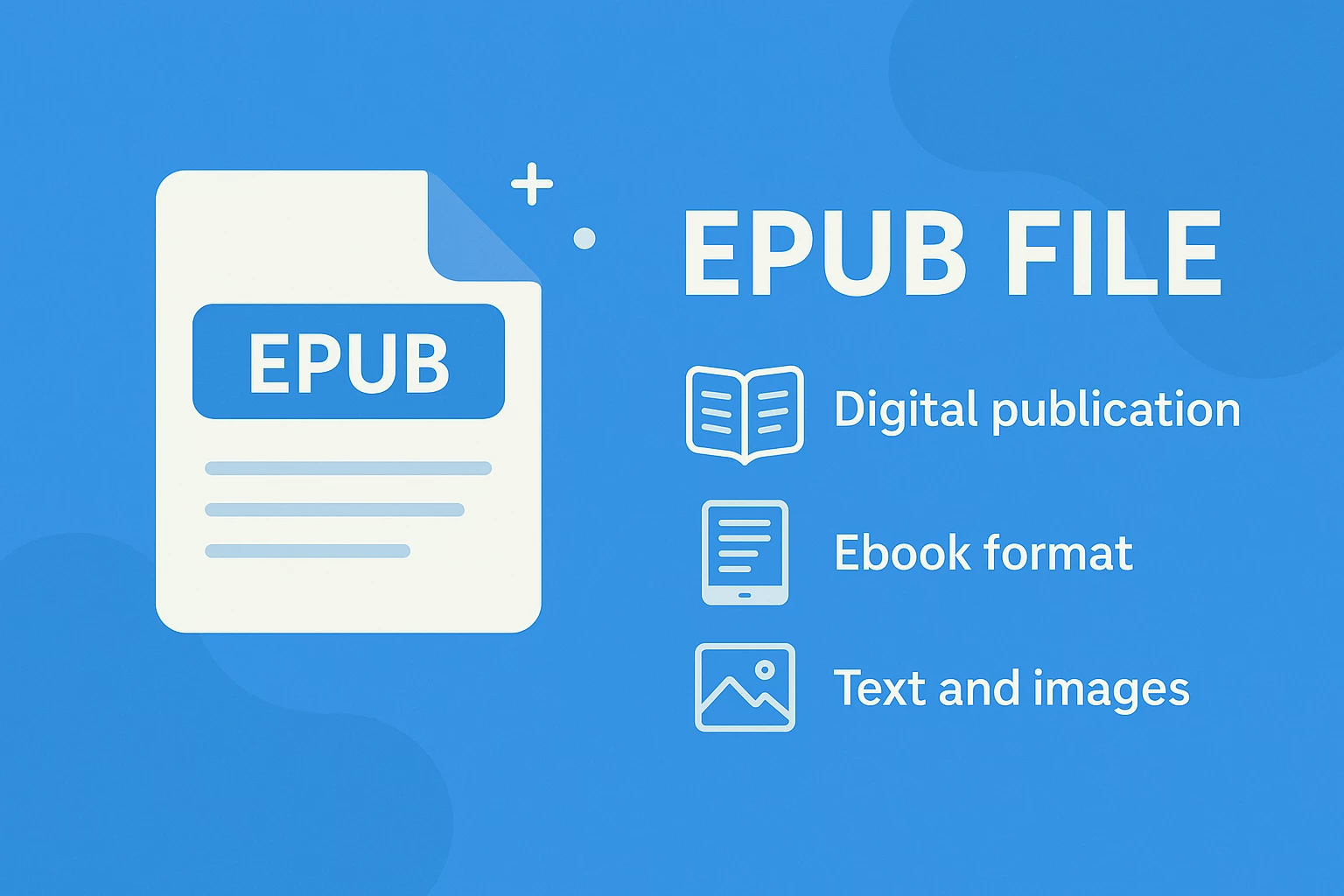
EPUB Files - What They Are & How to Open Them

What Is an ISO File? The Ultimate Guide for 2025
